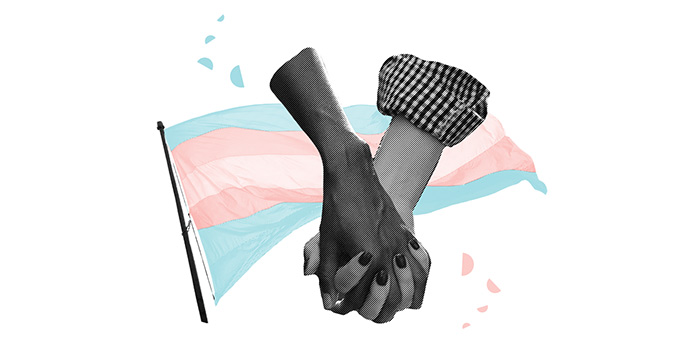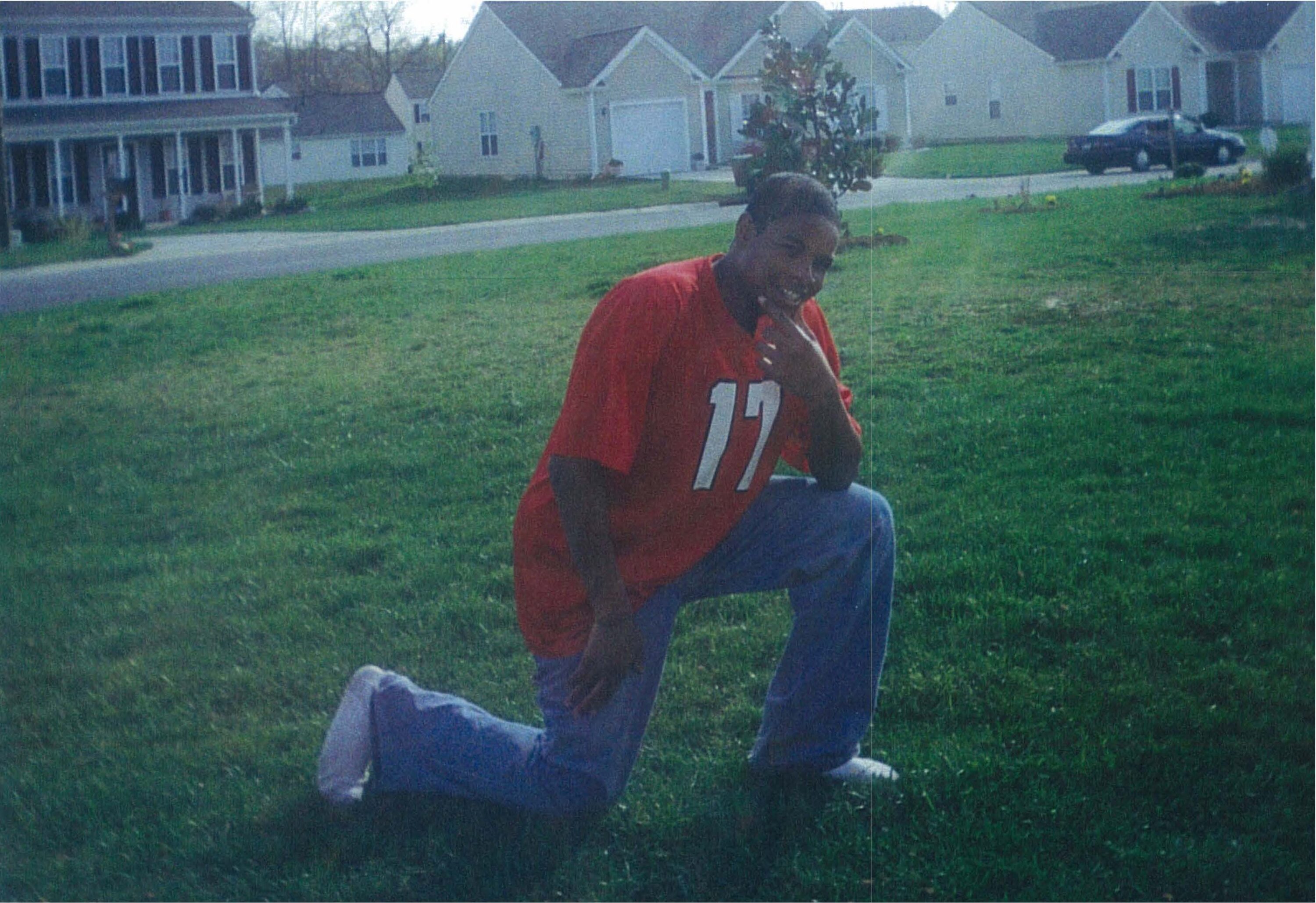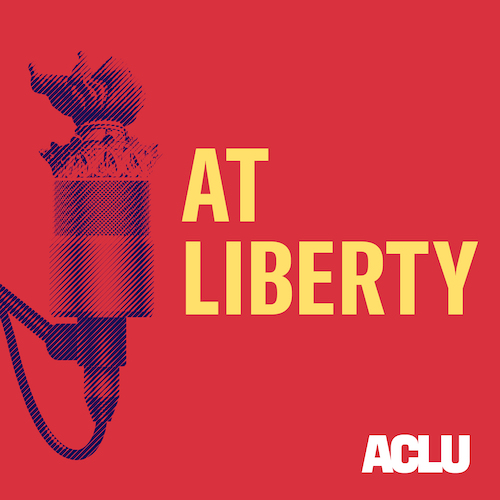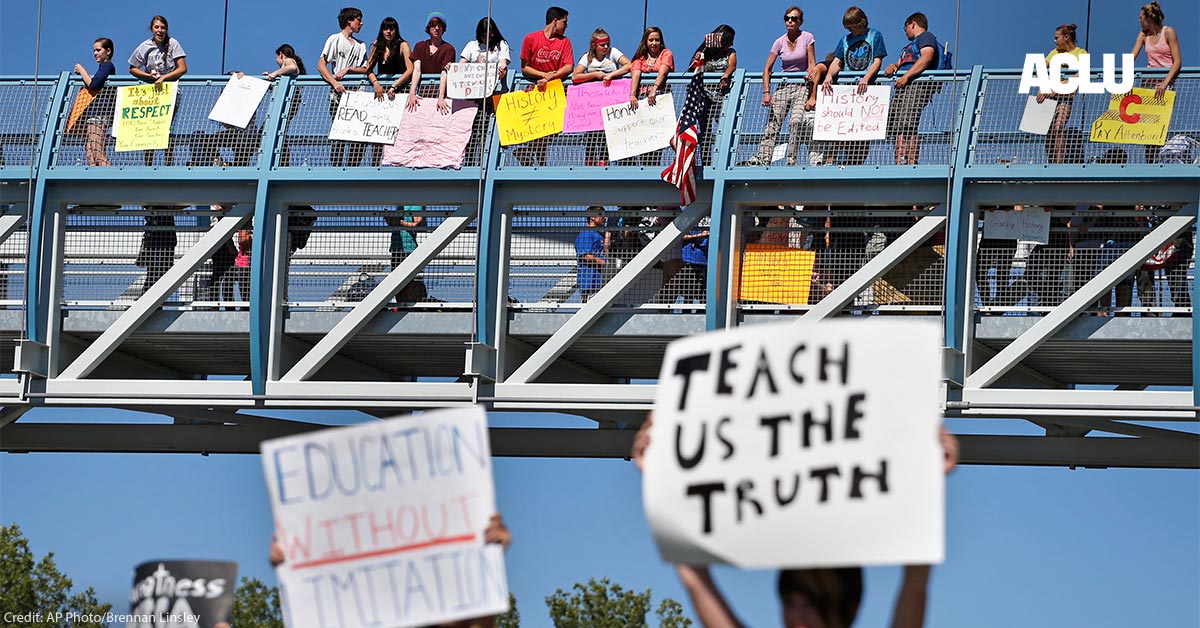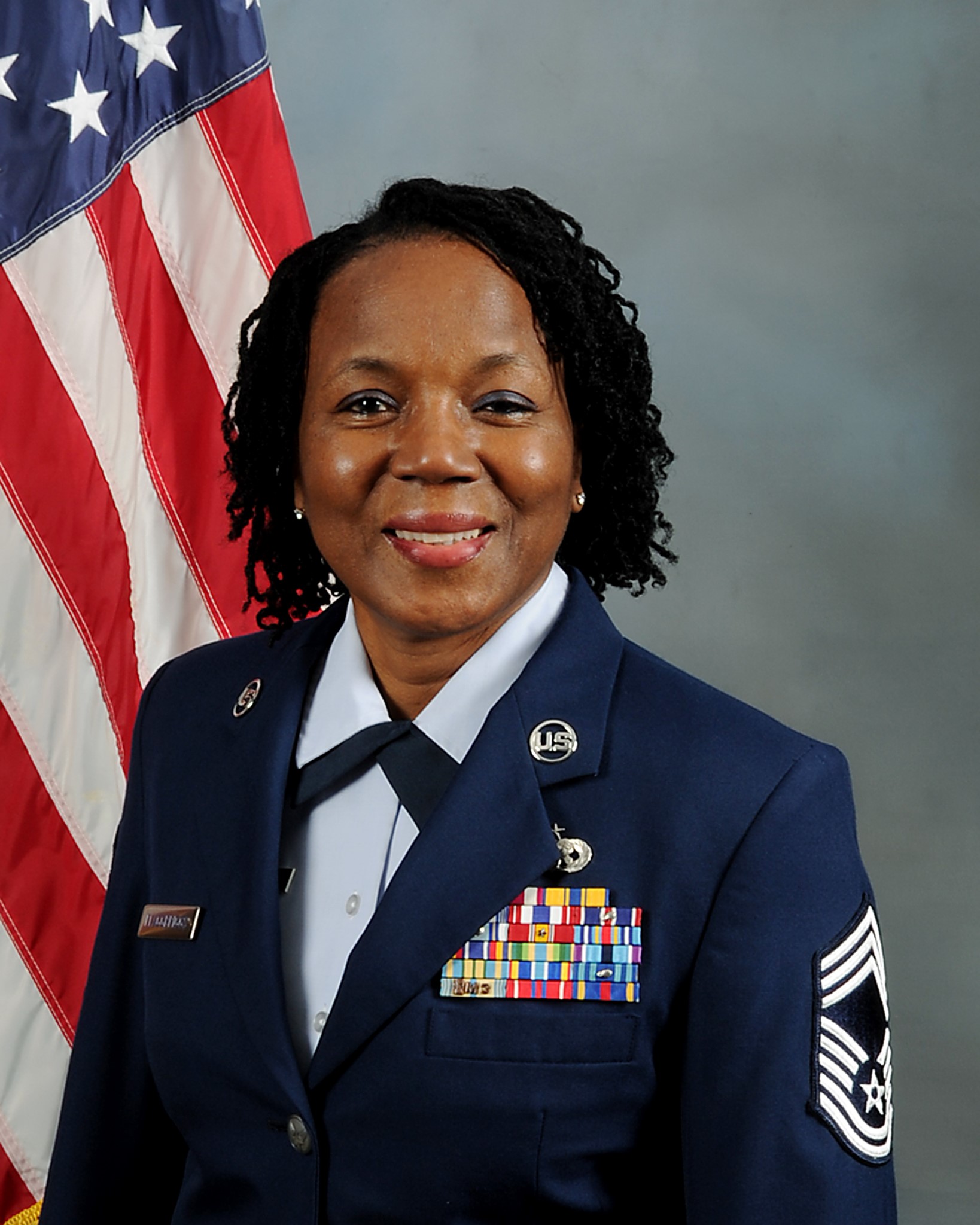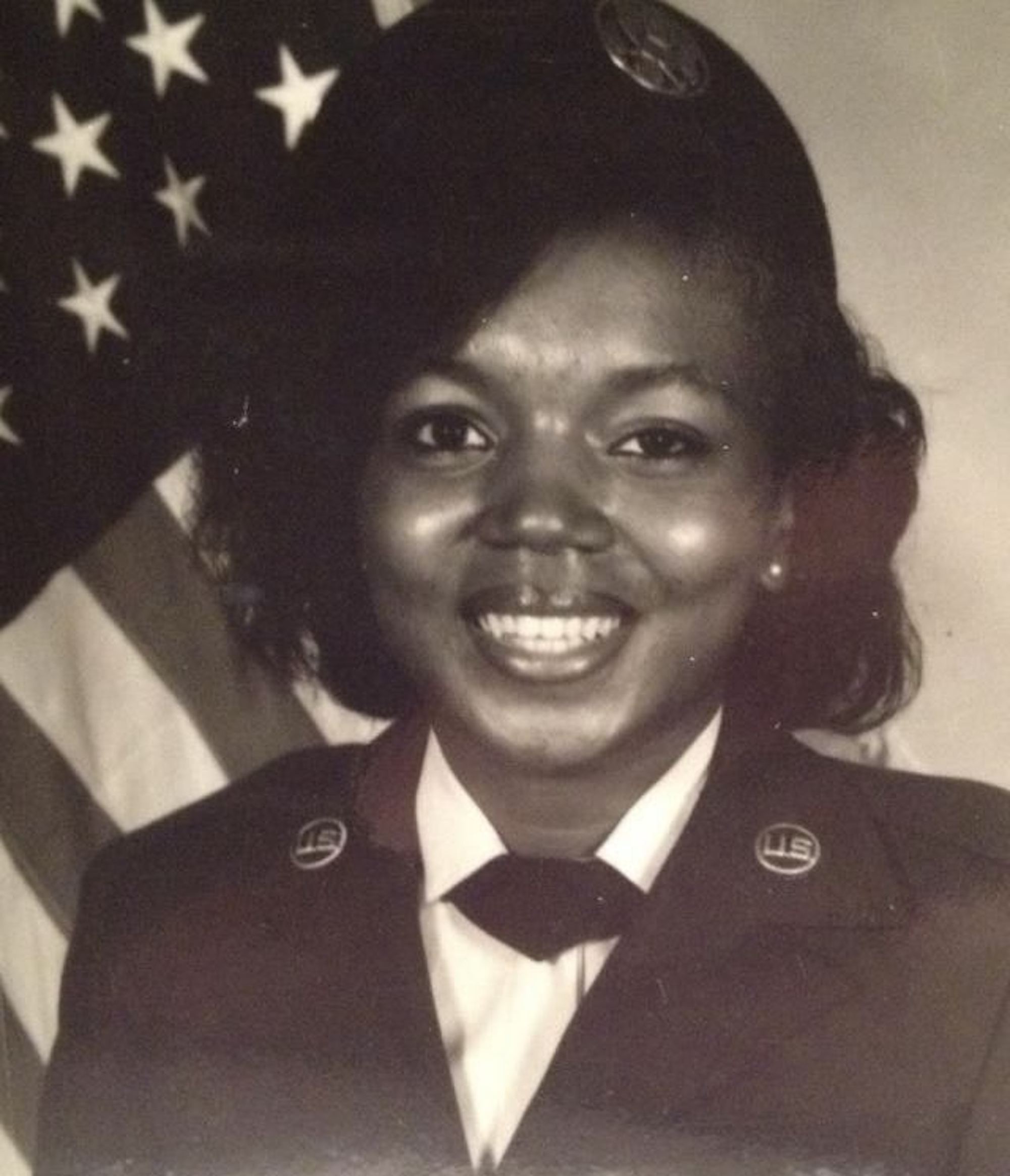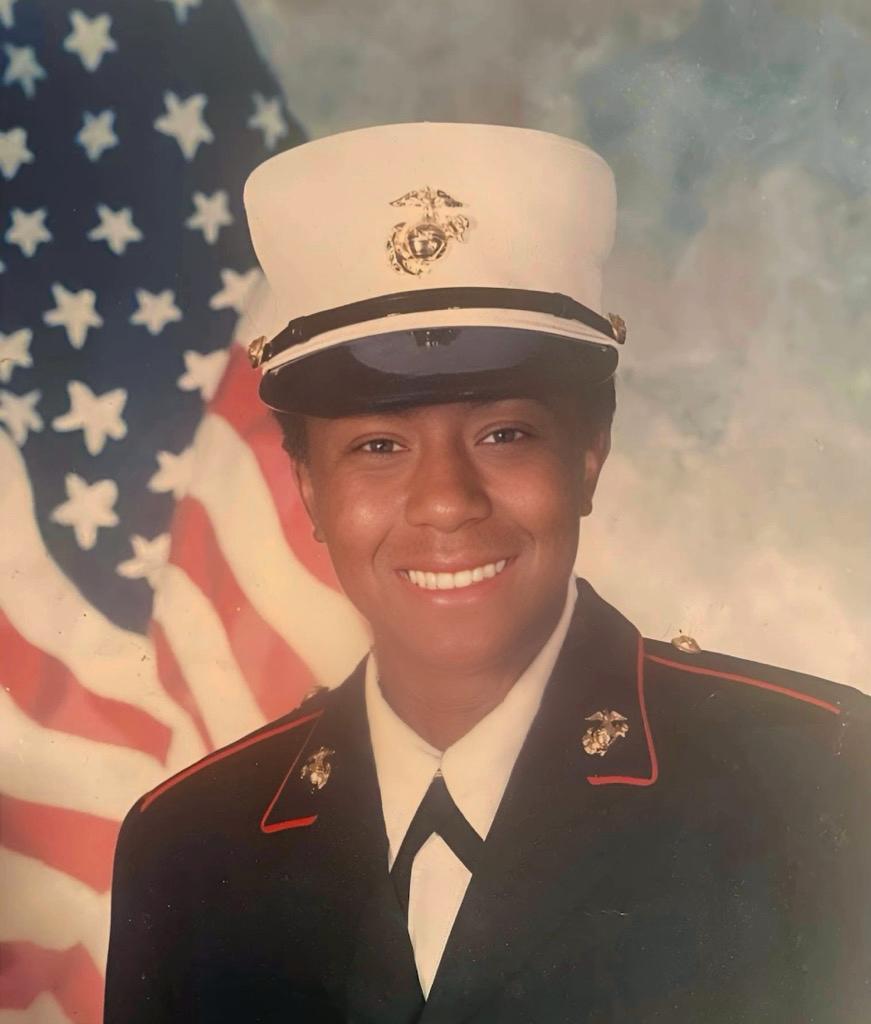Two transgender adolescents and their families are challenging Idaho’s 2023 law, HB 71, which criminalizes gender-affirming medical care for trans youth. Signed by Governor Brad Little, HB 71 prohibits widely accepted treatments for gender dysphoria, despite their endorsement by leading medical organizations like the American Medical Association. In a lawsuit filed by the ACLU and legal firms, plaintiffs argue that the law violates constitutional rights. The law bans puberty blockers, hormone therapy, and certain surgeries for transgender youth, threatening medical providers with felony charges and up to 10 years in prison.
In February 2023, Idaho filed an application to the Supreme Court of the United States for a partial stay against an injunction currently blocking enforcement of HB 71. Jane Doe, a 17-year-old transgender girl living in Idaho and plaintiff in the case alongside her parents, shares her story.
All I Want is to Just Be a Teen
Despite everything, I know I’m lucky. Despite having to watch as politicians in my home state of Idaho and across the country spread lies targeted at transgender youth like me, I know I’m blessed with a family that loves me, friends that support me, and a school that protects my right to be treated like every other student. Despite my governor signing a law threatening to put my doctors in prison just for providing me with medical care I need, I know I’m lucky to have those doctors who, with the support of my parents, have helped me get the hormone therapy I need to address my gender dysphoria, which had been making my life unbearable. And despite needing to join a federal lawsuit against that law that threatens to uproot my entire life and family, I know my parents and my siblings would do anything to protect me no matter what.
As a 17-year-old girl, I haven’t even graduated high school. I should be planning for college, hanging out with my friends, and playing video games with my brother. Instead, politicians in my state have forced me to go to court to stop them from denying me the medical care my doctors, my parents, and I all know has saved my life. Now, that fight is at the Supreme Court where the Idaho Attorney General has asked the court to intervene and allow the ban on gender-affirming medical care to go into effect while the case goes forward. I do not want to be doing this. I just want to be a teenager and continue receiving the healthcare that has made the life I am now living possible.
For as long as I can remember, I knew that something felt off about living as a boy. I have always naturally related to other girls, felt the most like myself around other girls, and had similar interests as other girls. When I was younger, I did not have the words to express my feelings related to my gender identity or being transgender. But I knew it even before I knew the words for it. When I would play “make believe” with my friends, I was always a girl character. When I would play video games, I would always choose a girl avatar. My mom and dad even told me that, when I was little and my mom was pregnant with my younger sibling, I would lie down and place a doll on my stomach and tell them that I wanted to be a mom.
When I started middle school and my body started changing, the sense that something was “off” gradually became a devastating level of distress. My mental health began to deteriorate as the changes to my body made me look more like my older brother and less like the girl I knew myself to be. I avoided anything social and my grades began to fall. There were times that I simply just did not want to exist because the physical changes to my body were trapping me in an existence I knew was causing me immense mental pain.
Family, Friends and Community
At 14, I shared these feelings with my parents who, by then, could tell something was gravely wrong. Without hesitation, they told me they loved me, would always love me, and just wanted me to be happy and healthy no matter what. Soon after, I started “socially transitioning”–I started going by a new name at home and at school and my friends began using feminine pronouns to refer to me. I wore a feminine hairstyle and I started wearing girls’ clothes. I told my mom I wanted to wear makeup and, as part of how she supported me when I asked for her help, she taught me about makeup and how to apply it.
All of this helped my gender dysphoria, but I was still experiencing male puberty, which was causing significant physical changes to my body that I could not hide or cover up with makeup or clothes. The changes to my body caused me so much pain that sometimes I wished I did not even exist. My parents took me to see our family doctor, a pediatrician who’s known me all my life.
“From the moment you were born,” my doctor told me, “my job has been to make sure you’re healthy and happy, and this doesn’t change anything.” She referred us to a specialist with expertise in gender dysphoria and I started seeing a therapist. The specialist evaluated me, including an extensive conversation about my struggles with my gender. He also provided my parents and me information about gender affirming medical care, including the potential risks, and options to preserve fertility. At 15 and with my mom and dad’s support, I started medication that prevented further changes to my body from puberty, causing immediate relief to my anxiety and giving me much-needed hope. A few months later, I started estrogen, which has allowed me to go through puberty consistent with my gender identity.
“It’s hard to overstate how impactful gender-affirming medical care has been for me.”
It’s hard to overstate how impactful gender-affirming medical care has been for me. Before treatment, I was isolating myself, depressed, anxious, and I regularly felt trapped and scared. I could not see a future for myself. I am so grateful that when I told my parents about what I was experiencing, they listened to me, trusted me, and took me to providers who could give me the gender-affirming health care that I needed to be who I am. Combined with the support of my friends and school, the love and support I’ve received from my family is what every transgender kid needs and deserves.
At the start of 2023, the Idaho State Legislature began debating HB 71, a law that would ban my medical care and even threaten to put my doctors in prison for the “crime” of supporting me. It was both terrifying and infuriating to watch as something so important to me and my life was debated by people who obviously didn’t know anything about us. They didn’t seem to care at all about all the testimonies from parents like mine, the expertise of doctors like mine, and the pleas from trans kids like me begging the state not to take away the care that has saved my life and the lives of so many others. When Governor Brad Little signed the law, my parents and I were terrified for our future.
When HB 71 passed, my parents talked to my siblings and me about trying to travel out of state for care or selling our house and leaving Idaho-the only home I’ve ever known. Having to move would mean losing my friends, my family, my home, my community, my school–everything that I have always known.
I don’t want politicians trying to control my body, my life, and my family’s lives. And I don’t want any other trans kids to be faced with the same. I’m so fortunate to have the support I have-especially when so many trans kids are denied the same opportunity to thrive–and I wake up every day thankful for the love of my parents and my siblings. But if the Supreme Court allows this law to take effect, my family and my doctors understand that this health care is so central to my well-being that not receiving it is not an option. I ask that the Court please help me and my family. Please do not let my health care be taken away.
Published February 29, 2024 at 08:53PM
via ACLU https://ift.tt/6wCSB0z

